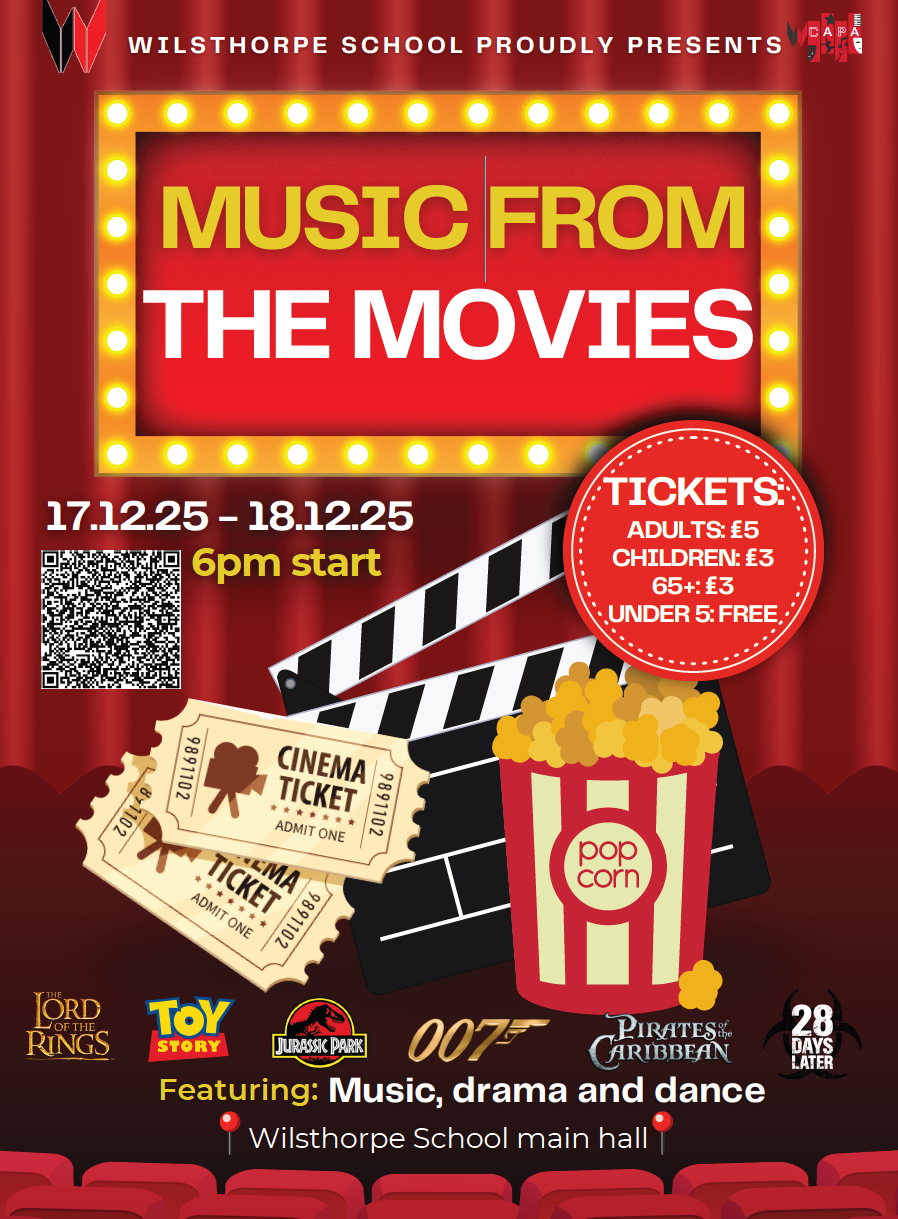In all year groups the Art courses are designed to enable students to gain experience of using a wide range of range of traditional and more experimental media, whilst developing their skills. We firmly believe that all students can achieve in Art and we enjoy the journey of discovering everyone’s talent.
Students work on a series of projects each year, designed to develop essential skills such as observational drawing, tonal drawing, painting, sculpture, ceramics, printmaking, and the use of more unconventional media. The curriculum is structured to help students build their skills through the exploration of formal elements, mixed media, and contextual studies. These studies involve examining the work of various artists and exploring different cultural influences. Students are encouraged to create imaginative and original outcomes that bring ideas together. Themes explored include Aboriginal Art, Public Art, Pop Art, Graffiti, Surrealism, Growth and Decay, Portraits, and Typography.
Throughout the course, students will also develop critical thinking and problem-solving skills, exploring how art can communicate ideas, emotions, and stories. Reflection and self-assessment are an important part of the process, allowing students to track their progress and refine their work. Students will be encouraged to reflect on their work and progress, developing both practical and critical skills through regular assessments and feedback.
Students follow the BTEC Tech Award in Art and Design, which is equivalent to a GCSE. We believe this qualification provides the best pathway for all students interested in studying Art and Design in a vocational context, as it encourages creative exploration, practical application, and critical reflection.
In Year 10, students complete three projects designed to develop their skills in observation, technique, and creative problem-solving. Each project is based on a theme, allowing students to explore their own ideas and create a diverse range of work using various materials, techniques, media and processes. These projects culminate in one final outcome or a collection of outcomes, giving students the opportunity to experiment and express themselves creatively.
In Year 11, there are two key projects:
- Component 1: Creative Practice in Art and Design – The exam board sets the theme, and students are expected to complete a project that covers all assessment objectives. This project provides an opportunity to apply the practical skills and research developed earlier in the course. It encourages critical thinking and reflection, as students are expected to assess their work and refine their techniques.
- Component 2: Responding to a Brief – Also set by the exam board, this project follows a similar format to Component 1. Students will produce practical research and experimentation in response to a starting point, followed by a 10-hour practical exam (over two days) that leads to a final outcome. This component challenges students to demonstrate both their technical skills and creative thinking under time constraints.
Throughout the course, students will be encouraged to reflect on their work and progress, developing both practical and critical skills through regular assessments and feedback. Students will also have opportunities to experiment with digital art and technology, expanding their creative toolkit and preparing them for modern artistic practices. Real-world connections will be made through gallery visits, workshops, and other trips, helping students understand how their art fits into contemporary artistic and professional contexts.
Year 12 starts with skill-building in both Art and Photography.
In Art, students will explore two themes: still life and architecture. These projects are designed to help students refine their skills in using a variety of materials, such as mixed media, painting, printmaking, and more. They will also engage with contextual and cultural themes to develop their own creative ideas, working beyond the sketchbook and on larger scales. This approach encourages students to challenge themselves and push their artistic boundaries as they strive to become the artists they aim to be.
In Photography, students begin by mastering the basics, including understanding formal and compositional elements, the photography triangle, and the technical aspects of capturing images with intent. Several projects will focus on themes such as close-up and macro photography, movement, and portraiture. By the end of Year 12, students will have developed a broad range of skills, become familiar with using different lighting equipment, and successfully completed shoots in various locations, preparing them to confidently begin their coursework project.
Throughout the year, students will regularly reflect on their work, developing both technical and critical skills to refine their artistic practice. Students will also explore contemporary art and photography practices, gaining insight into current trends and how these influence the broader art world. They will experiment with digital tools and technologies, further enhancing their creative toolkit and preparing them for modern artistic practices.
Both A Level Art and Photography consist of two components:
- Component 1: Personal Investigation – Worth 60% of the overall grade, this component is a practical and personal research project. Students select their own theme, then develop a portfolio of experiments, design ideas, and final outcomes.
- Component 2: Externally Set Assignment – Worth 40% of the overall grade, this component is based on a theme set by the exam board. Students will generate and develop ideas based on the theme, followed by a 15-hour practical exam (spread over three days) to produce their final outcome(s).
This course provides a strong foundation for students pursuing further studies in art or photography at university or in creative industries, while also making real-world connections through gallery visits, workshops, and other trips. These experiences will help students understand how their art fits into contemporary artistic and professional contexts.


